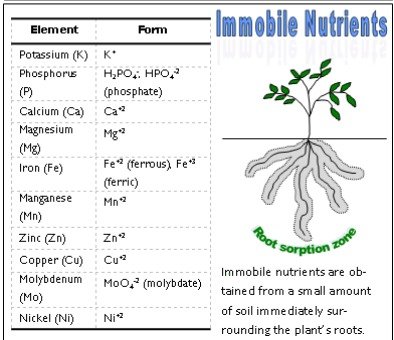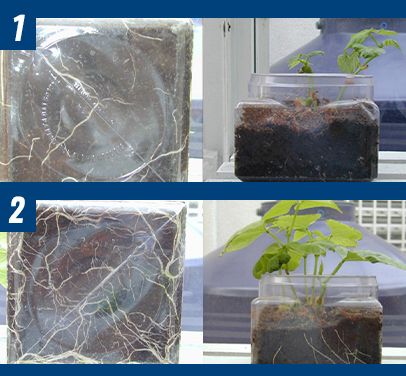The power of SweetSea water in Agriculture
The search for water purification strategies for both human consumption and other uses has been the focus of numerous research efforts, especially in countries where freshwater reserves are scarce. At the current rate, it is estimated that by 2030, 1.6 billion people worldwide will not have access to drinking water (United Nations, 2022). Despite the availability of seawater as a potential source for use, desalination technology is indeed functional in addressing problems associated with various water functions and needs (SHEMER, WALD, and SEMIAT, 2023). However, current desalination methods, especially reverse osmosis, result in water that is unfit for use and consumption. This is because the process produces purified water that is free of contaminants but also demineralized, removing 99% of minerals and lacking in essential nutrients previously contained in high concentrations.
Consuming water without minerals can lead to dehydration and serum mineral imbalance, to the extent that the WHO, in a document published in 2009, required that water for human consumption must ensure concentrations of minerals such as calcium and magnesium. This is aimed at minimizing the risk of cardiac issues, reducing the risk of kidney stones, hypertension, vascular accidents, insulin resistance, osteoporosis, and bone demineralization (MANI et al, 2013). Therefore, the maintenance of minerals from the ocean in desalinated water is necessary to mimic recommended salt concentrations for its use.
When it comes to agricultural use, the presence of minerals and nutrients in the soil is strictly necessary for good crop growth. Among the essential nutrients, phosphorus, nitrogen, and potassium stand out as “primary macronutrients” for plant growth (STUBBS, 2016). Image 1 demonstrates the essential nutrients for plant growth and shows that, compared to the removal by reverse osmosis, many would be scarce in the final product.

The location of nutrient absorption by the plant also seems to have an important effect on its incorporation and growth, making the quality of water for irrigation indispensable (STUBBS, 2016). Figure 2 illustrates the main location of nutrient absorption obtained from the soil.

Given these facts, the proposal to use purified desalinated seawater that retains trace elements naturally composing it, in appropriate concentrations, appears to have promising results for agricultural cultivation. In a pilot study of cultivating two bean seedlings, one irrigated with conventional mineral water (image 1) and the other with SweetSea water (image 2), it is possible to envision the potential of cultivation using a more “nutritious” water source for irrigation.

⦁ The Sustainable Development Goals Report 2022. United Nation. Acesso em: 30/01/2024. Disponível em: https://unstats.un.org/sdgs/report/2022/Goal-06/.
⦁ Thomas Altmann, Ratul Das, Process improvement of sea water reverse osmosis (SWRO) and subsequent decarbonization, Desalination, V. 499, 2021, 114791.
⦁ World Health Organization. Nutrients in drinking water. WHO Library Cataloguing-in-Publication Data. 2005.
⦁ World Health Organization. Calcium and magnesium in drinking-water : public health significance. WHO Library Cataloguing-in-Publication Data. 2009.
⦁ V K, Mani R, Venkatesh V, et al. (November 20, 2023) The Role of Low Mineral Water Consumption in Reducing the Mineral Density of Bones and Teeth: A Narrative Review. Cureus.15(11): e49119.
⦁ Megan Stubbs. Nutrients in Agricultural Production: A Water Quality Overview. Congressional Research Service. February 29, 2016. Acesso em 31/01/24. Disponível em: https://nationalaglawcenter.org/wp-content/uploads/assets/crs/R43919.pdf
⦁ Hilla Shemer, Shlomo Wald and Raphael Semiat. Challenges and Solutions for Global Water Scarcity. Membranes 2023, 13, 612.
⦁ Reverse Osmosis and Remonal of Minerals from Drinking Water. The International Water Association. Acesso em 31/01/2024. Disponível em: ⦁ https://www.iwapublishing.com/news/reverse-osmosis-and-removal-minerals-drinking-water#:~:text=Reverse%20Osmosis%20will%20generally%20remove,%2C%20and%20calcium%20(Binnie%20et.
⦁ Ayers e Westcot. Water quality for agriculture. FAO IRRIGATION AND DRAINAGE PAPER. 29 Rev1. Reprinted 1989,1994.